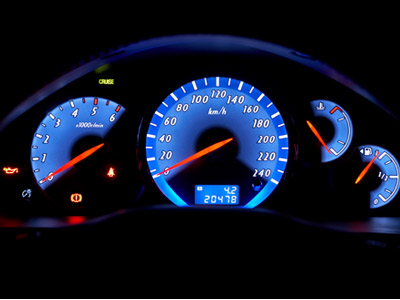Celebrate everything — a journey to success
A belated Merry Christmas to all, and I do hope Santa was good to you — and yes, I still believe in Santa Claus. It was a wonderful Christmas with stockings and presents and a fine prime rib cooked to perfection (See recipe below. My gift to you.)
In my daughter’s stocking, she received a cribbage board and a deck of playing cards — a game neither of us had played in many years. If you are not familiar with Cribbage (or Crib), the object is to score 121 points using various combinations of cards; these card combinations that add up to 15 or 31 get you two points when pegging and when counting, combinations of 15 get you two points and various combinations get you other points. All of this counting is recorded on a board with holes that takes you to the magic number of 121. The Internet will offer a much thorough overview.
Between the last present being opened and the first potato being peeled, we decided to play a game or two. It didn’t take long to remember the rules but counting efficiently took a little time — any given hand can result in points anywhere from 0 to 29, and depending on the hand, counting can get a little tricky.
As we started getting into the game I counted out, “15-2 and a pair is four”. As I went to peg my points out my daughter simply said, “fantastic”. The second time I counted out, “15-2, 15-4 and a run of 3 for 7” she piped in with, “Great.”
We played two games and whenever I counted there was a comment of celebration. A Pair of 2s and a Pair of 7s — “Great !” 15-2, 15-4, 15-6, 15-8 and three of a kind makes 14 — “Way to go!” I asked her why she was so enthusiastic when I scored such low points and she simply said, “I’m a cheerleader.” It was at that moment I knew what kind of leader she is, understood her success, and the reason for her promotions. We laughed every time she offered encouragement for my score, and we discussed the hand we just played as well as how we could have played the hand better. We had wonderful time reconnecting with a game we loved.
Afterwards it struck me how the game of cribbage, at least the way my daughter plays it, is a metaphor for achieving a goal. As you progress to any goal, generally speaking you need to know that there will be times where you don’t progress at all, many times you progress a little, and some times you progress considerably. Each is to be celebrated, reviewed, and built upon. It simply is how you go about achieving any goal.
They were close games, I can’t wait to play again.
iamgpe
*Best to use a Prime Rib with the bone and has rested till it is at room temperature. Liberally coat the meat with Kosher salt and let it stand for one hour. Finally, coat the meat with a Butter and Herb to Provence mixture and put it in a roasting pan. Pre-heat the oven to 500° F, and then using math, multiply the weight of the Prime Rib by 5 — this will be the cooking time. Once the oven is at 500° F put the pan in the oven for the required time plus one minute. When the timer goes off, turn the oven off and let the Prime Rib stay in the oven for two hours. Do not open the door for two hours. Don’t let anyone else open the door for two hours.
After two hours you may open the door. The Prime Rib will be cooked perfectly. Enjoy!

